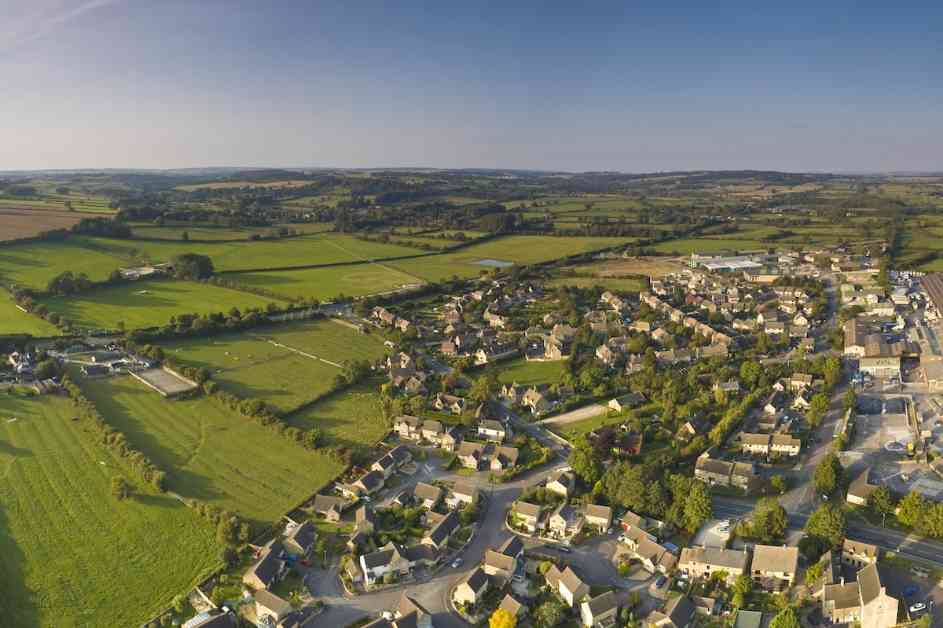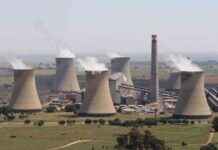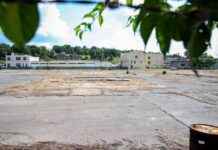In a recent consultation led by Steve Reed, the UK’s environment secretary, a bold plan was unveiled to convert 9% of England’s farmland into wildlife habitats and forests by 2050. This initiative aims to align with the country’s nature and net-zero goals, ushering in a new era of land use sustainability. The proposal highlights the need for a significant transformation in the way land is utilized, emphasizing the crucial balance between infrastructure development, carbon reduction, and conservation efforts. As the government sets its sights on reshaping the landscape, the implications for agriculture, biodiversity, and the environment are profound.
Challenges and Opportunities in Land Use Transformation
As the UK grapples with the pressing need to address environmental concerns, the call to repurpose a substantial portion of farmland raises complex challenges and promising opportunities. The proposed shift towards dedicating more land to wildlife habitats and forests signals a pivotal moment in the country’s conservation journey. By targeting grasslands traditionally used for livestock grazing, the plan underscores the importance of sustainable food production practices. Steve Reed’s vision for a more diversified and nature-centric landscape reflects a growing recognition of the interconnectedness between land use, biodiversity, and climate resilience.
In the wake of mounting environmental threats and biodiversity loss, the UK’s Department for Environment, Food and Rural Affairs (DEFRA) emphasizes the urgency of adopting proactive measures to safeguard the nation’s natural heritage. With England facing significant nature depletion and environmental degradation, the Land Use Framework emerges as a comprehensive strategy to guide decision-making and promote dialogue around sustainable land management practices. By leveraging incentives and policy mechanisms, the government aims to steer land use patterns towards a more ecologically balanced and resilient future.
Forging a Path Towards Multifunctional Landscapes
Amidst the push for land transformation, key stakeholders in the agricultural sector are called upon to embrace a paradigm shift in their approach to farming and land stewardship. Martin Lines, chief executive of the Nature Friendly Farming Network, underscores the need to view land as a multifunctional resource that can simultaneously support food production, climate mitigation, and biodiversity conservation. By reframing the narrative from a dichotomous view of food versus nature to one that embraces the synergies between agriculture and environmental protection, a new ethos of land use sustainability emerges.
The intricate dance between land productivity, climate resilience, and biodiversity preservation comes to the forefront as England charts a course towards a more harmonious coexistence with nature. The imperative to reallocate millions of acres of farmland to meet ambitious climate and environmental targets underscores the magnitude of the transition ahead. Henry Dimbleby, a prominent voice in the National Food Strategy, acknowledges the need for recalibrating meat production practices to accommodate the evolving demands of land use. As the country grapples with the delicate balance between agricultural output and environmental conservation, the quest for a more sustainable and resilient future unfolds.
In conclusion, the ambitious blueprint proposed by the UK government heralds a new era of land use management that seeks to harmonize food production, nature conservation, and climate action. By reimagining the role of farmland as a multifunctional resource that can support diverse ecosystems and sustainable agriculture, England sets a bold precedent for other nations grappling with similar environmental challenges. As the intricate tapestry of land use transformation unfolds, the journey towards a greener, more biodiverse future beckons with promise and possibility.














